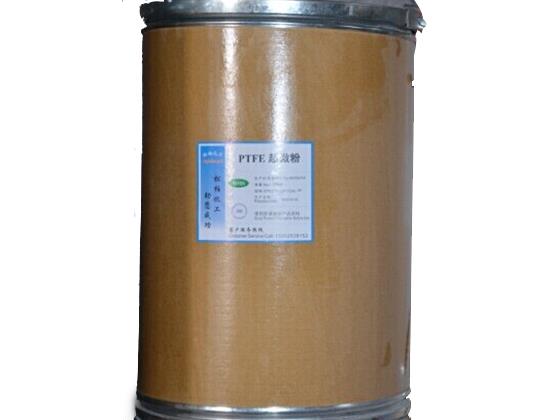新闻详情
Application of PTFE emulsion in batteries and capacitors
The application of PTFE in batteries is a 60% solids PTFE emulsion. Mainly used in nickel-hydrogen, nickel-cadmium, lead-acid, fuel cells and other power batteries. The network formed by fibrillation of the polytetrafluoroethylene emulsion can well contain the active material, but if the single addition amount is too large, a large impedance is generated, which affects the charge and discharge performance. Experiments have shown that the combination of polytetrafluoroethylene emulsion and sodium carboxymethyl cellulose can make up for this shortcoming. The carboxymethyl cellulose solution generates water evaporation during the pole piece forming process, increases the porosity of the pole piece, increases the true specific surface area of the electrode, effectively reduces the electrochemical polarization of the electrode, thereby improving the electrode Discharge capacity. Experiments have shown that the addition amount of 60% polytetrafluoroethylene emulsion is preferably 1.5 to 2.5 parts. The CMC concentration ratio is stable at 2%.
The application of PTFE in capacitors is a 60% solids PTFE emulsion . Mainly used for supercapacitors. Electrochemical capacitors (referred to as electrochemical capacitors) are a new type of energy storage device between traditional capacitors and batteries. They have the advantages of high specific power, good reversibility and long cycle life. Usually used to meet the instantaneous high power requirements to compensate for the lack of battery high current discharge. ). Nowadays, supercapacitors are generally multi-water systems. One is environmental protection, the other is large capacity, the other is low cost, and the process control is relatively simple. The active material, the conductive agent, the binder, the thickener (CMC) and the 60% PTFE emulsion were mixed and applied directly to the foamed nickel. It is better to add 60% polytetrafluoroethylene emulsion to the two components. The polytetrafluoroethylene emulsion is a dispersion of polytetrafluoroethylene which is polymerized into an aqueous dispersion having a solid content of about 60% of polytetrafluoroethylene and stabilized by a nonionic surfactant. It has excellent heat resistance, cold resistance and wear resistance, as well as excellent electrical insulation properties, independent of temperature and frequency. In addition, it also has the characteristics of non-sticking, non-absorption, non-combustion, etc., and fibrosis occurs after high temperature. The formed network structure can uniformly coat the active material, and the effect is good. In the repeated oxygen release state of the positive electrode, the antioxidant effect is good.

Related News
- What are the performance characteristics of PTFE micropowder?
- Analysis of the reason why PTFE is difficult to bond
- What are the characteristics of CMC and SBR?
- Application of lithium hydroxide in disc monoton
- Development prospects and applications of SBR latex
- Accidents and treatments for improper use of electronic grade PVA
- Many foreign companies are concentrating on emerging markets in Asia! Carboxyl styrene-butadiene latex consumer sharing
- A wide range of uses for sodium hydroxide, you know a few
- Which industries will use carboxylated styrene butadiene latex
- Do you know the correct way to store lithium hydroxide?


